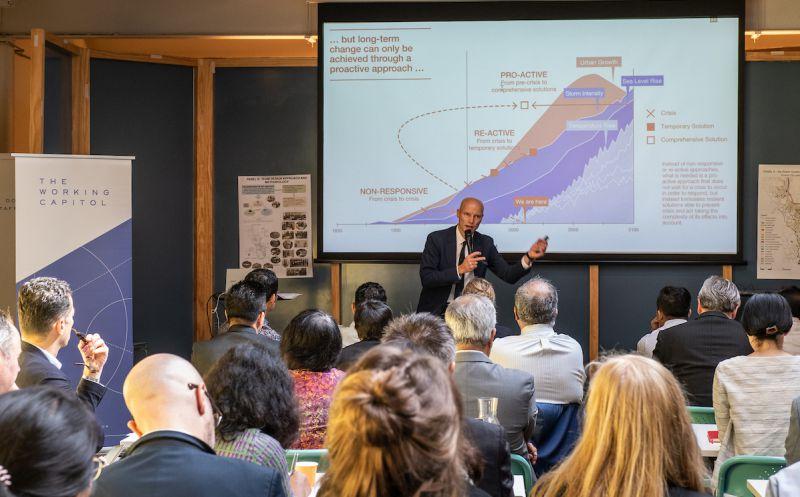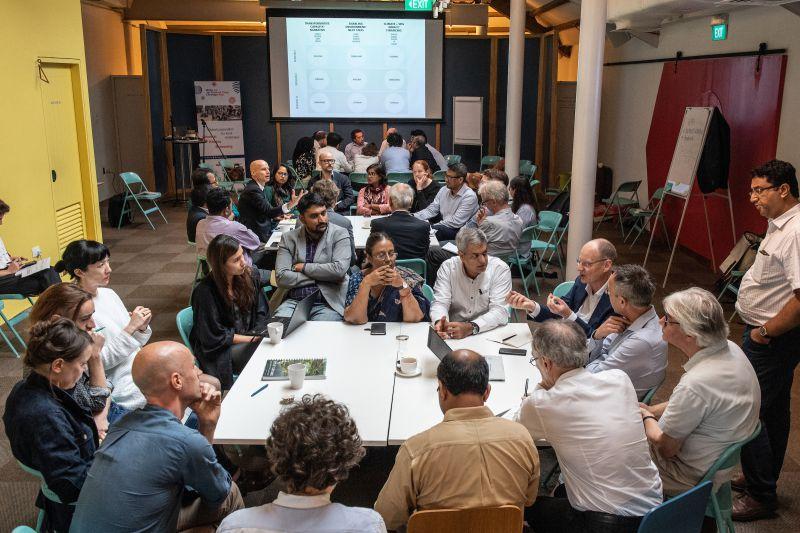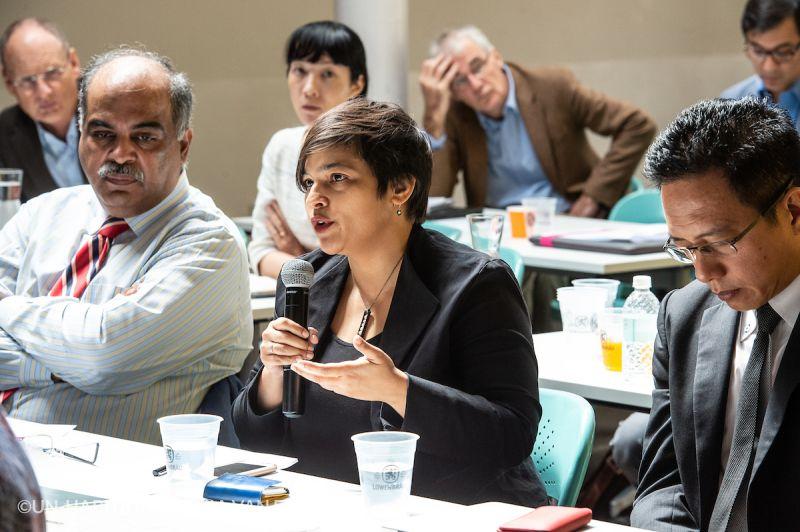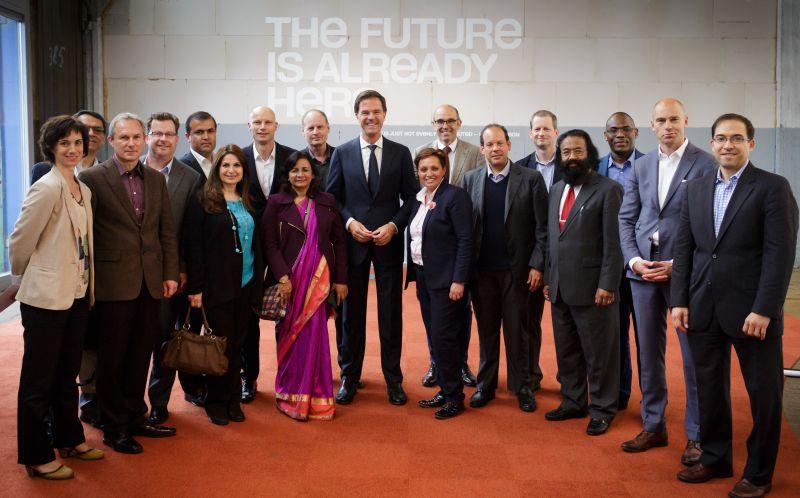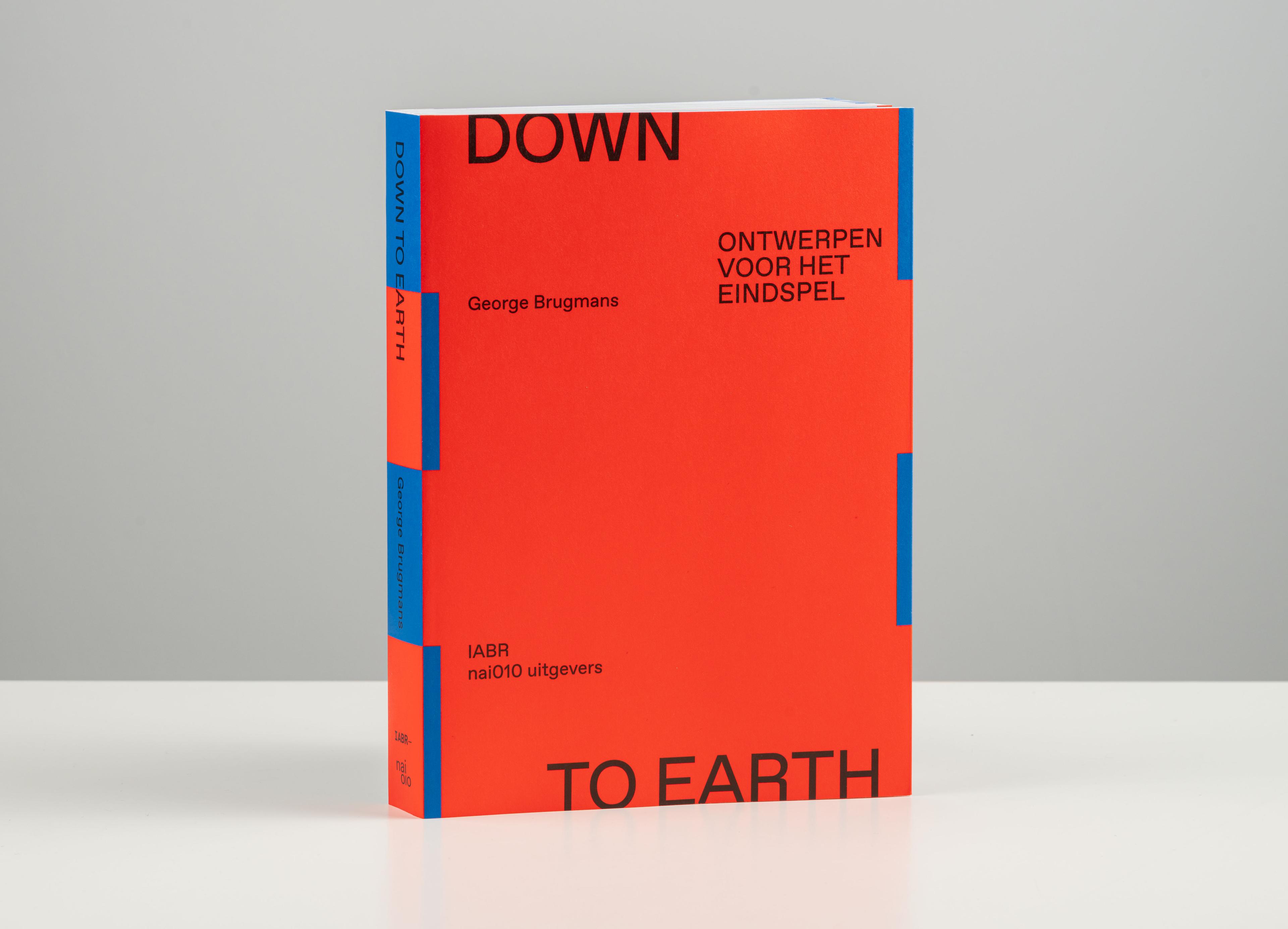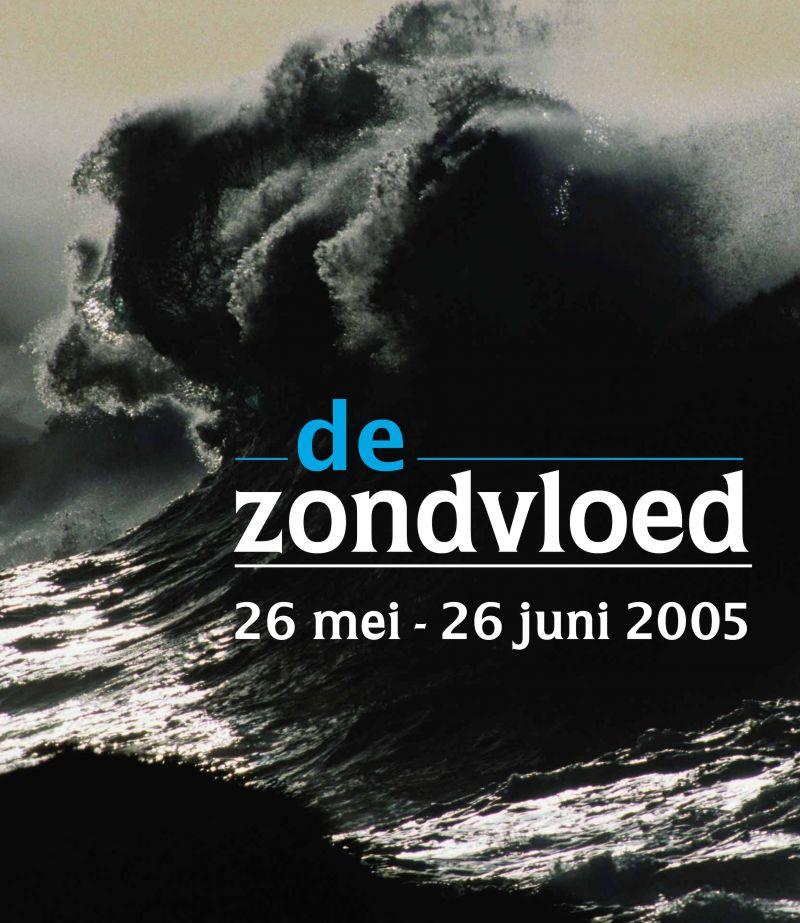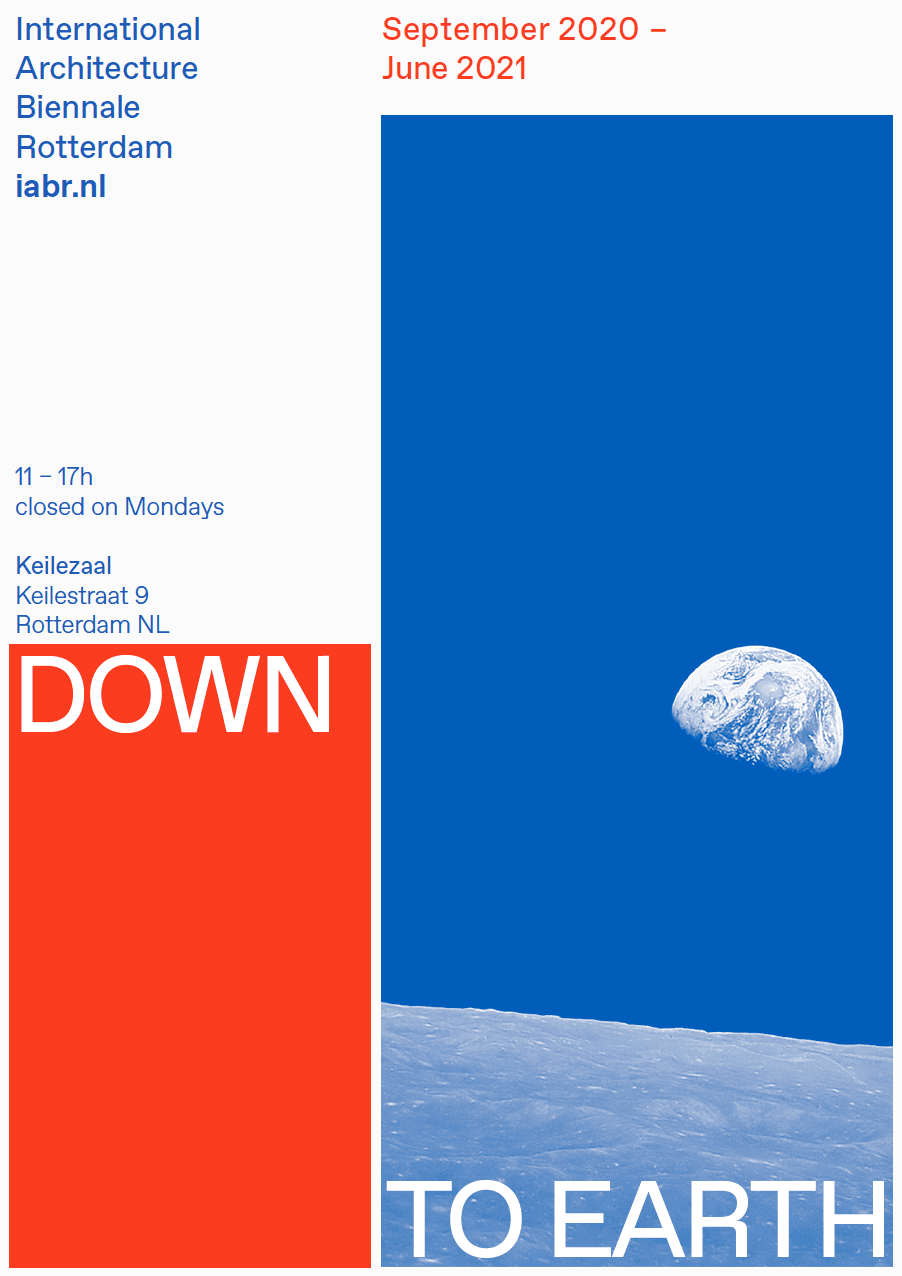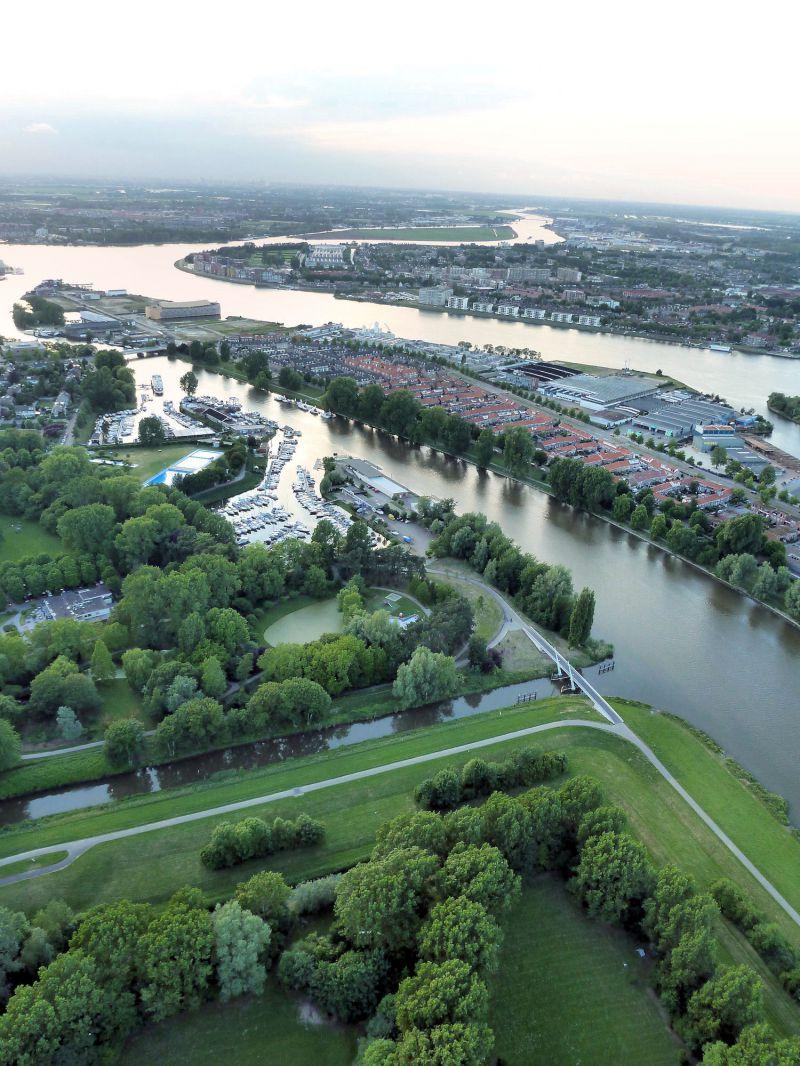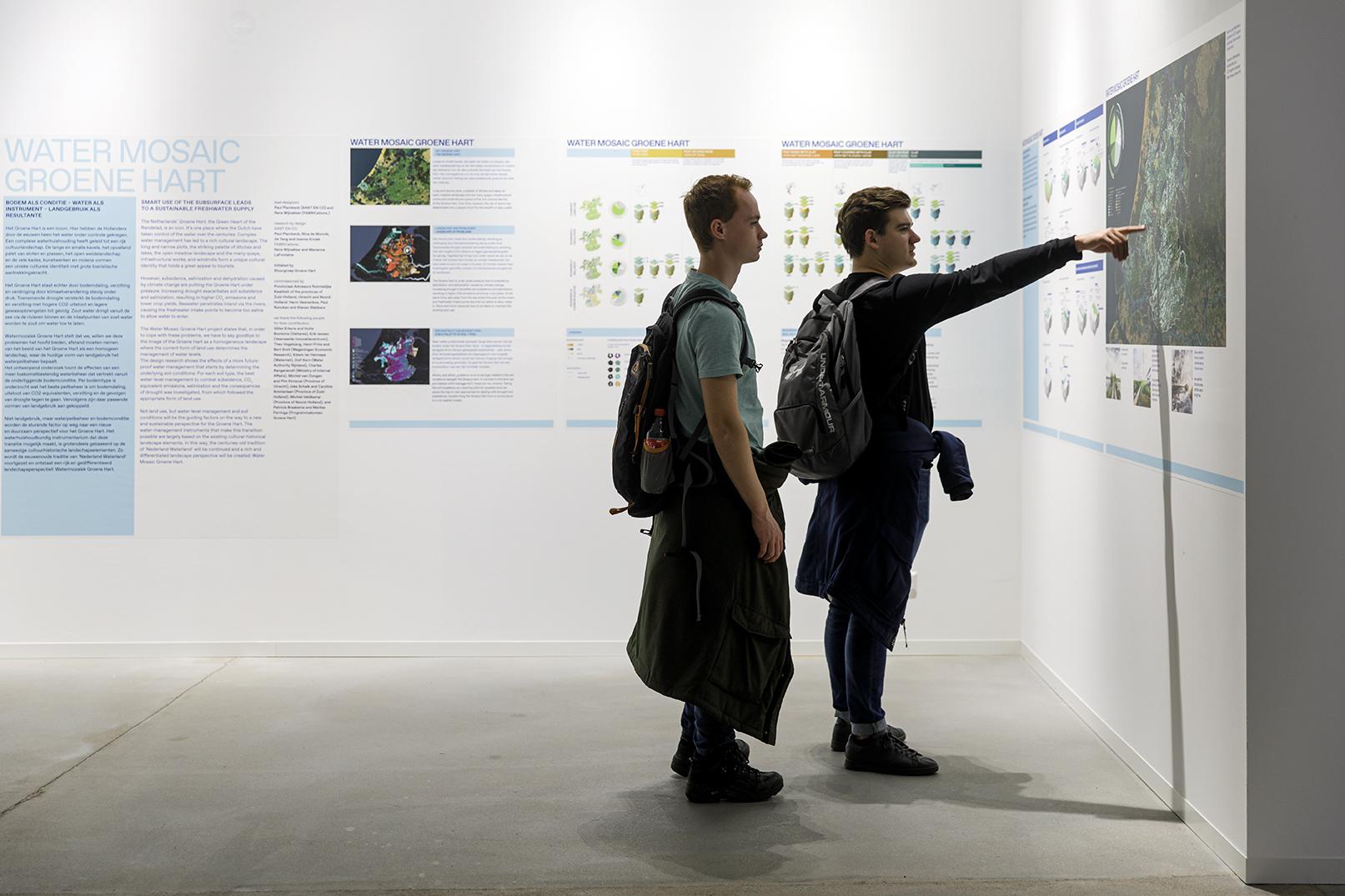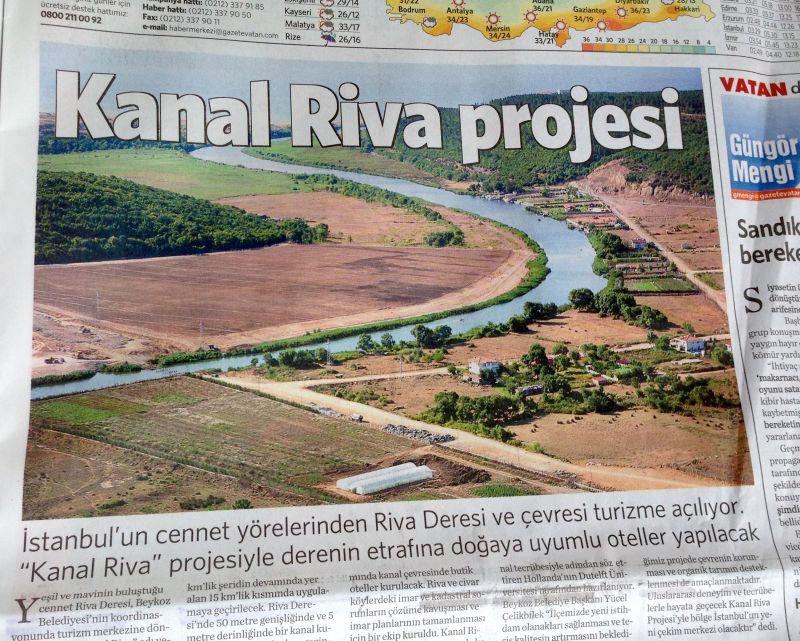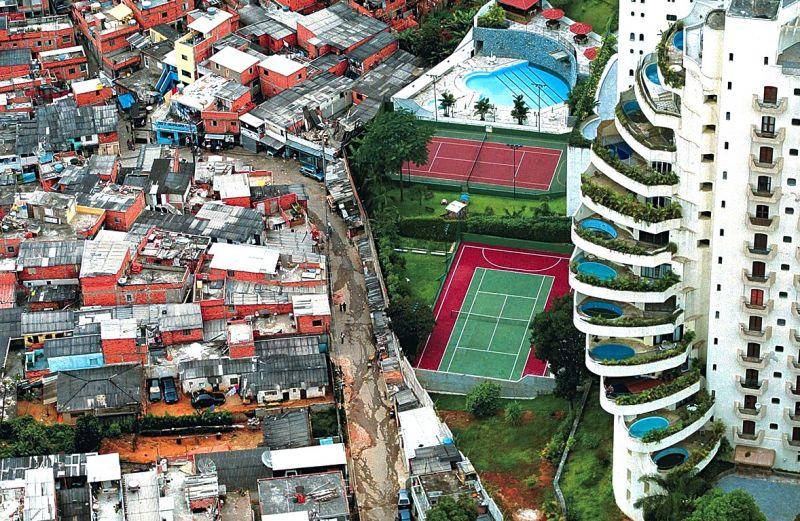Since the legendary ‘water biennale’ of 2005, The Flood, water has been a blue thread connecting the programming and research programs of successive IABR editions. And right from that beginning, deliberately, a relationship has been established between research, presentation and implementation. In projects in the Netherlands as well as abroad, such as in and with the cities of São Paulo and Istanbul, the IABR used the water challenge as leverage for an integrated approach to sustainable urban development.
To identify and initiate such projects, in 2016 George Brugmans, the president of the IABR, and Henk Ovink, the Dutch Water Envoy, signed a Memorandum of Understanding. IABR was instrumental in the launch of and, together with a broad international alliance of partners, is active in the World Water Atlas instigated by the Water Envoy and the Water as Leverage for Resilient Cities program that Ovink is spearheading and for which the first three projects were set up in Asia, in and with the cities of Chennai (India), Khulna (Bangladesh) and Semarang (Indonesia).
